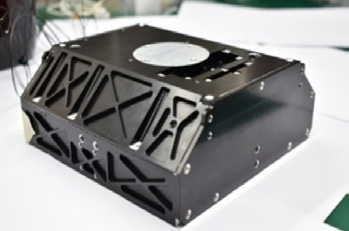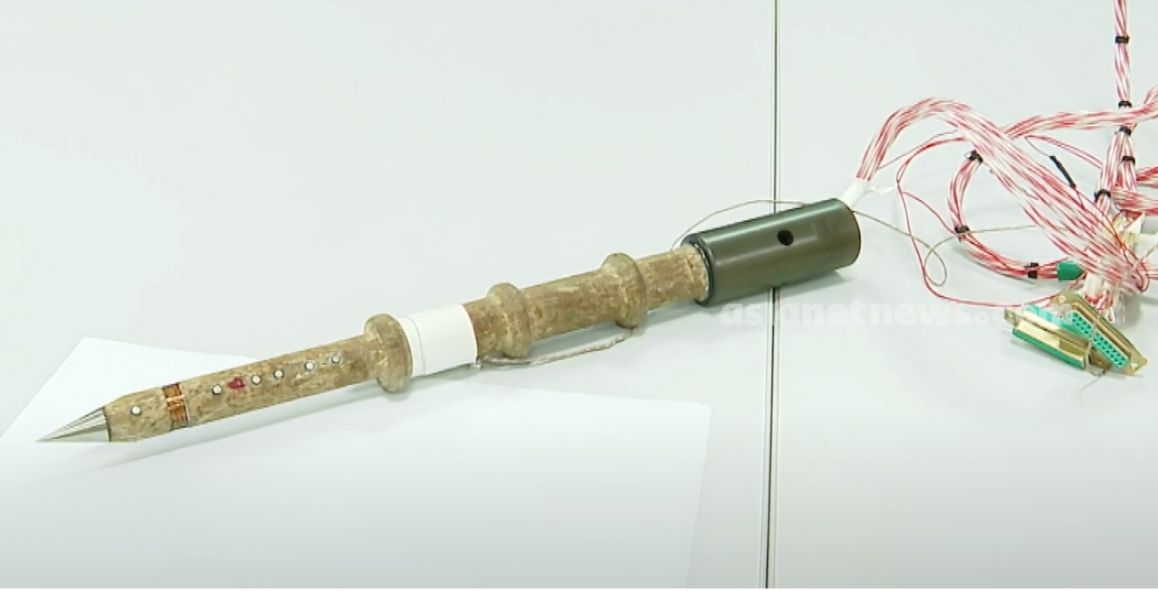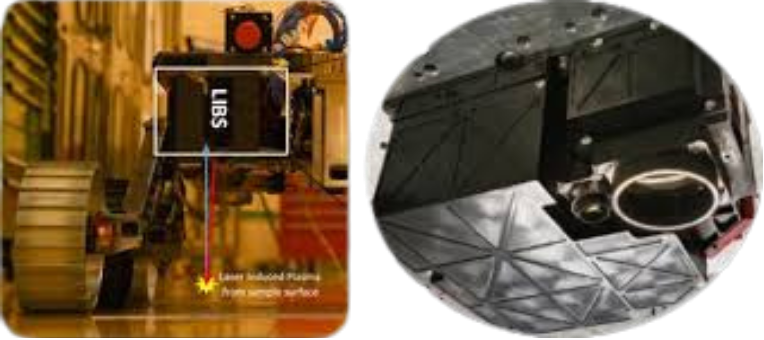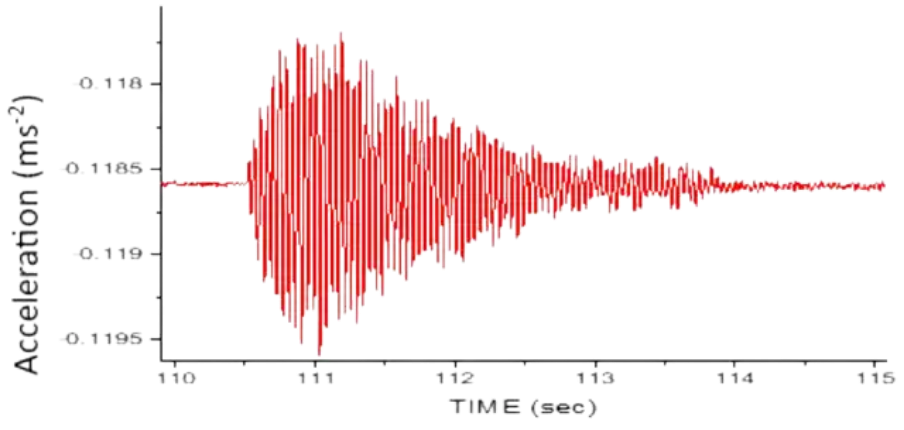CHANDRAYAAN-3
India's historic lunar mission that made us the first nation to land near the Moon's south pole.
THE LUNAR SOUTH POLE MISSION
Chandrayaan-3 is India's third lunar mission and the second attempt to make a soft landing on the Moon. After the partial success of Chandrayaan-2, which accurately deployed its orbiter but crashed its lander during the final descent, ISRO redesigned the landing system with a focus on making it more robust and fault-tolerant.
KEY MISSION OBJECTIVES
- › Demonstrate safe and soft landing on lunar surface
- › Demonstrate rover mobility on the moon
- › Conduct in-situ scientific experiments
- › Test new technologies for future interplanetary missions
On August 23, 2023, Chandrayaan-3 successfully touched down near the lunar south pole, making India the fourth country to achieve a soft landing on the Moon after the USA, former USSR, and China, and the first country to land near the lunar south pole.
The mission lasted for 14 Earth days (one lunar day) and was declared successful after completing all its primary objectives. The lander and rover conducted experiments to study the mineral composition, surface chemical properties, and seismic activity of the lunar south pole region.
SPACECRAFT COMPONENTS
VIKRAM LANDER
The lander module, named after Dr. Vikram Sarabhai (the father of the Indian space program), was designed to execute a soft landing on the lunar surface and deploy the rover.
PRAGYAN ROVER
The 26kg rover, named Pragyan (meaning "wisdom" in Sanskrit), was designed to travel up to 500m on the lunar surface and conduct chemical analysis.
SCIENTIFIC INSTRUMENTS
ILSA
Instrument for Lunar Seismic Activity measurement. Detected minor moonquakes and vibrations on the lunar surface.

ChaSTE
Chandra's Surface Thermophysical Experiment, measuring thermal conductivity and temperature gradient of lunar soil.

APXS
Alpha Particle X-Ray Spectrometer for determining the elemental composition of lunar soil and rocks.

LIBS
Laser Induced Breakdown Spectroscope for identifying elemental composition by analyzing light from laser-heated material.

RAMBHA
Radio Anatomy of Moon Bound Hypersensitive Ionosphere and Atmosphere, studying lunar plasma environment.

LRA
Laser Retroreflector Array, a passive experiment from NASA to enable precise measurements of Earth-Moon distance.

FROM EARTH TO MOON
FLIGHT PATH VISUALIZATION
SCIENTIFIC GOALS
The lunar south pole region is particularly interesting to scientists because of its permanently shadowed craters, which may contain ice water deposits. This makes it a valuable location for future human missions and potential resource utilization.
LUNAR SURFACE COMPOSITION
Study the elemental and mineralogical composition of lunar soil and rocks to understand the Moon's geological evolution and resource potential.
THERMAL PROPERTIES
Measure the thermal conductivity and temperature gradient of the lunar surface to understand the thermal behavior of lunar soil.
SEISMIC ACTIVITY
Detect and measure moonquakes to better understand the Moon's internal structure and tectonic activity.
PLASMA ENVIRONMENT
Study the plasma environment near the lunar surface to understand how the Moon interacts with solar radiation and the solar wind.
WHY THE SOUTH POLE?

- › Contains permanently shadowed regions that haven't seen sunlight for billions of years
- › Potential reservoirs of water ice and other volatiles critical for future space exploration
- › One of the least explored regions of the Moon with unique geological features
- › Strategic importance for future human settlements due to potential resources
ACHIEVEMENTS
The Chandrayaan-3 mission achieved all of its primary objectives and set several important milestones in lunar exploration. Here are the key achievements of the mission:
FIRST LANDING AT SOUTH POLE
Chandrayaan-3 made India the first country to successfully land near the lunar south pole, a region of high scientific interest.
FOURTH NATION ON THE MOON
India became only the fourth country (after the USA, former USSR, and China) to achieve a controlled soft landing on the Moon.
LUNAR SURFACE TEMPERATURE
For the first time, recorded the temperature profile of the lunar soil at different depths, providing valuable data about the thermal properties.
SULPHUR DETECTION
The LIBS instrument on Pragyan rover detected sulphur in the lunar soil, the first in-situ confirmation of this element on the Moon's surface.
KEY DISCOVERIES

ELEMENTAL COMPOSITION
Chandrayaan-3 detected aluminium, sulphur, calcium, iron, chromium, titanium, manganese, silicon, and oxygen, confirming the diverse mineralogy of the south polar region.

TEMPERATURE VARIATIONS
The mission recorded significant temperature variations between the surface and subsurface layers, providing insights into the thermal conductivity of lunar regolith.

SEISMIC MEASUREMENTS
The ILSA instrument detected minor moonquakes and vibrations, contributing to our understanding of the Moon's internal structure and activity.
GLOBAL IMPACT
Chandrayaan-3's success demonstrated India's growing technological capabilities in space exploration and inspired a new generation of scientists and engineers. The mission garnered international recognition for its accomplishments:
NASA's Lunar Reconnaissance Orbiter captured images of the landing site, confirming the precise location of Vikram lander on the lunar surface.
With a budget of approximately $75 million, Chandrayaan-3 was one of the most cost-effective lunar missions ever conducted, demonstrating that space exploration can be accessible.
The mission captured global attention, with the landing being watched live by millions of people worldwide, inspiring interest in space exploration.
The success opened doors for increased international collaboration, with several space agencies expressing interest in partnering with ISRO for future lunar missions.
MISSION GALLERY
VIDEO HIGHLIGHTS
Launch Sequence
GSLV Mk-III rocket carrying Chandrayaan-3 lifting off from Satish Dhawan Space Centre.
Landing Sequence
Animation showing the powered descent and landing sequence of Vikram lander.
MISSION TEAM
Behind every successful space mission is a team of brilliant scientists, engineers, and support staff. The Chandrayaan-3 mission brought together some of India's finest minds across multiple disciplines.
S. Somanath
"The success of Chandrayaan-3 is a testament to the dedication, resilience and innovative spirit of Indian scientists and engineers."
P. Veeramuthuvel
"We've learned from Chandrayaan-2 and made the landing system more robust, with additional sensors and algorithms to ensure a successful touchdown."
KEY DEPARTMENTS
Redesigned the propulsion system with additional thrusters and redundancy to ensure a controlled descent and soft landing.
Team Size: 62 engineersDeveloped intelligent algorithms to navigate the spacecraft through Earth orbit, lunar transfer, and the critical powered descent phase.
Team Size: 47 engineersDesigned and calibrated the scientific payloads to extract maximum data from the lunar south pole region during the mission's 14-day operation.
Team Size: 35 scientistsBY THE NUMBERS
RELATED MISSIONS
View All Missions →CHANDRAYAAN-2
ISRO's second lunar mission, featuring an orbiter, lander, and rover. While the lander experienced a hard landing, the orbiter continues to function and send valuable data.
Explore Mission →MANGALYAAN (MOM)
India's first interplanetary mission and the first Mars orbiter from Asia. Notable for its cost-effectiveness and success on the first attempt.
Explore Mission →GAGANYAAN
India's first human spaceflight mission, aiming to demonstrate the capability to send astronauts to low Earth orbit and bring them back safely.
Explore Mission →INSPIRED BY CHANDRAYAAN-3?
Explore more missions, learn about space science, or discover how you can contribute to India's space journey.